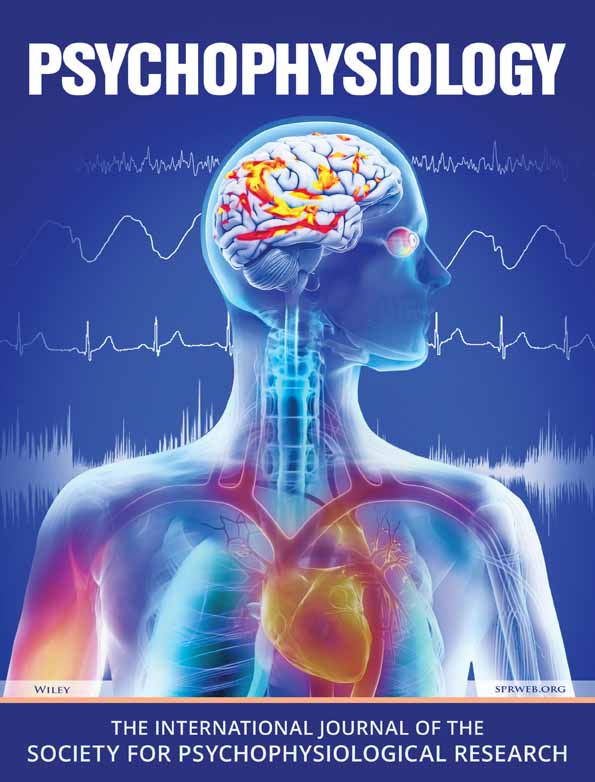Cardiac and Metabolic Activity in Mild Hypertensive and Normotensive Subjects
This research was supported by grant G8207495N from the British Medical Research Council.
The authors would like to thank Judy Tucker, of the Birmingham Family Study Register, for her invaluable help.
This paper was originally presented at the “Applied Psychophysiology in Hypertension’ Symposium in Bonn, West Germany, September 7–8, 1986.
ABSTRACT
Heart rate, respiration, and metabolic activity were monitored at rest and during the mental challenge of a video game in 22 mild hypertensive and 53 normotensive young men. Subjects also completed the Eysenck Personality Questionnaire and the Jenkins Activity Survey. The mild hypertensive subjects displayed higher resting heart rates than the normotensives and larger magnitude heart rate increases to the video game. Although groups did not differ in resting respiratory activity, the metabolic rates tended to be higher in the mild hypertensives and they showed reliably greater increases in oxygen consumption and carbon dioxide production during mental challenge. These data were subjected to a variety of interpretations. However, in the absence of psychophysiological assessment during physical exertion, and without direct measurement of cardiao output and arteriovenous oxygen differences, the present results did not permit a choice to be made between rival explanations, and they certainly cannot discount the hypothesis that some borderline hypertensives display excessive cardiac activity and tissue overperfusion during stress. The personality measures did not differentiate groups. However, correlational analyses within each group revealed that whereas systolic blood pressure was positively and significantly related to neuroticism in the mild hypertensive group, for the normotensive subjects the direction of correlation was reversed. In addition, scores on the Jenkins Activity Survey correlated positively with heart rate reactivity to the video game for the mild hypertensives, but not for the normotensives.




